Selenium Course
- 65k Enrolled Learners
- Weekend/Weekday
- Live Class
Dynamic response in software testing provides different values for different iterations. This might affect the subsequent requests. This JMeter Correlation article will show you how to store the dynamic value from the response, store in a variable and use it in all required requests in the following sequence:
Correlation is the process of extracting some value from the response of one step into the request of another step. It captures and stores the dynamic response from the server and passes it on to subsequent requests. So, What is a Dynamic Response?
A response is considered dynamic when it returns different data for each iterating request, occasionally affecting successive requests. Correlation is a crucial process during performance load test scripting because if we don’t handle it carefully, the script will become useless.
Correlation is one of the most important aspects of scripting. It fetches dynamic data from preceding requests and posts it to the subsequent requests. Let’s take an example to find out why exactly we need correlation. Suppose we have recorded a scenario in which:
When we login to a website, session variables are dynamically created. These session variables are passed to the subsequent requests and help validation & authentication of the actions performed. Here, we need to correlate the web requests with the dynamic variables otherwise the test will fail. And for correlation, we need to use the Regular Expression Extractor.
So, let’s see how to use Regular Expression Extractor in JMeter before we get into the details of Correlation.
There are 4 steps that you need to follow while using Regular Expression Extractor in JMeter. It includes:
Now let’s move ahead and see how to use this extractor in JMeter Correlation with an example.
The first thing you need to do is download and install the JMeter tool in your system. If you have any doubts regarding this tool, you can check out the JMeter Tutorial and How to Install JMeter for more knowledge.
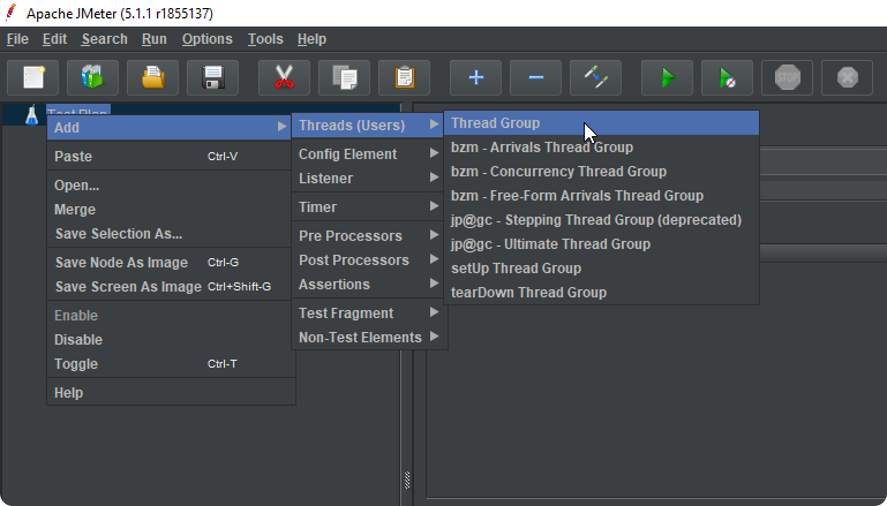
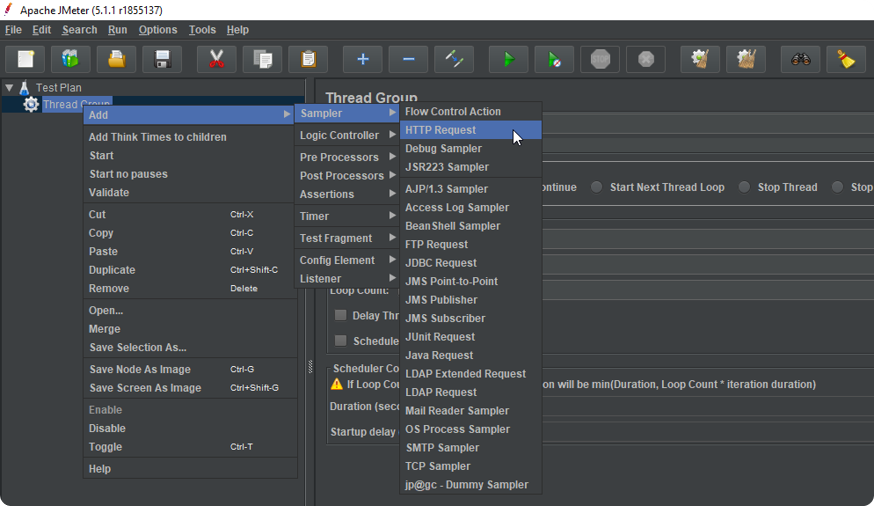
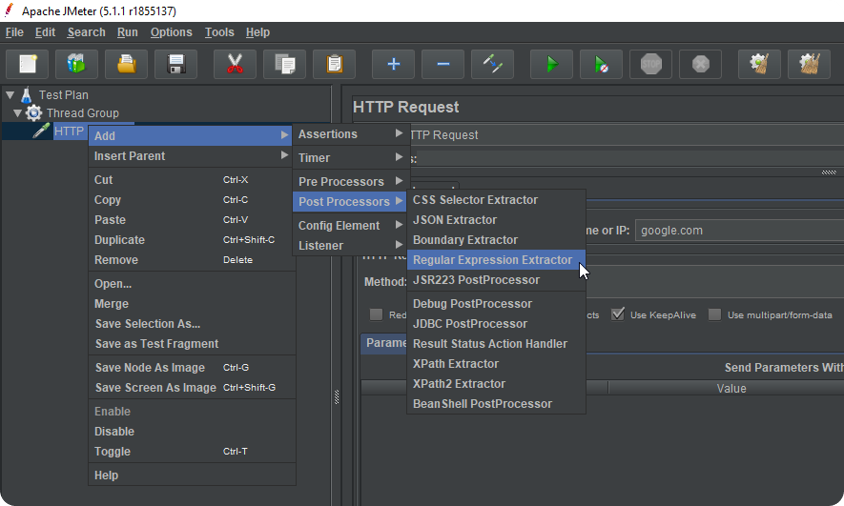
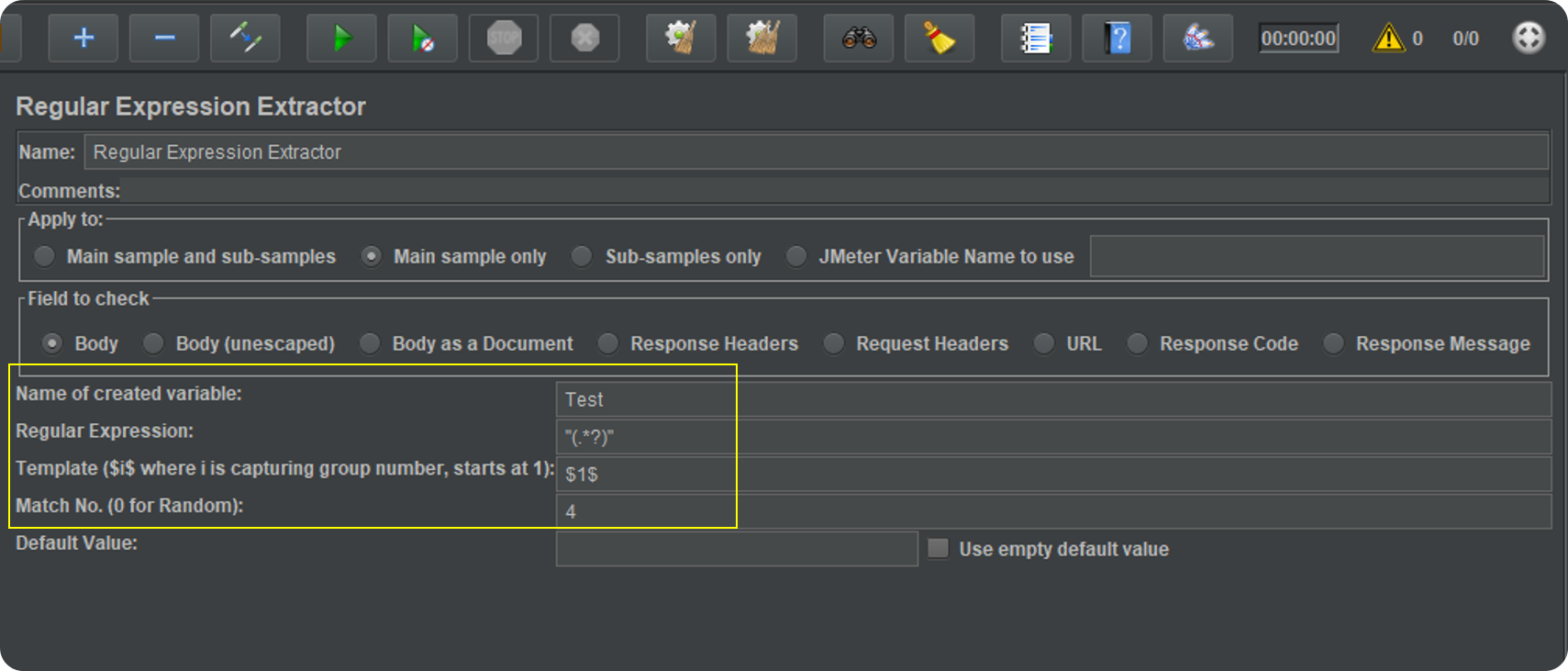
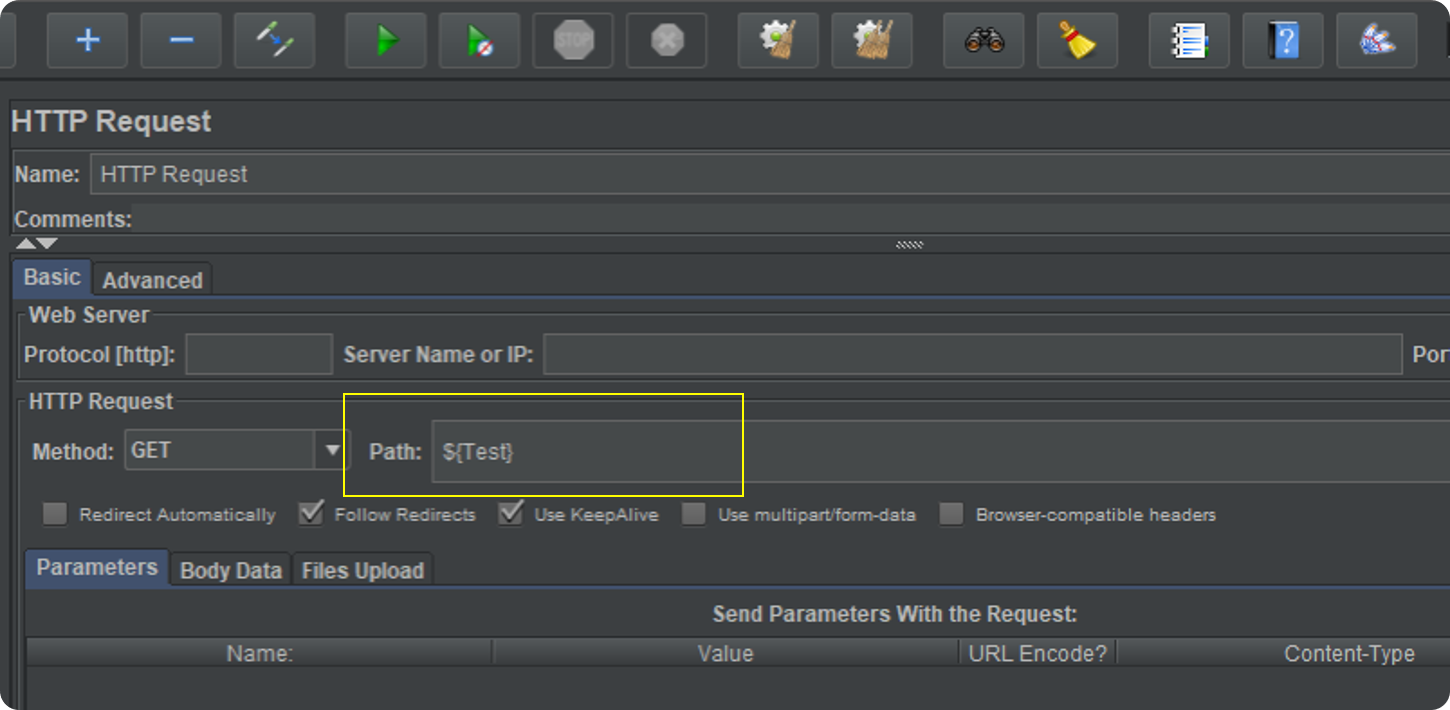

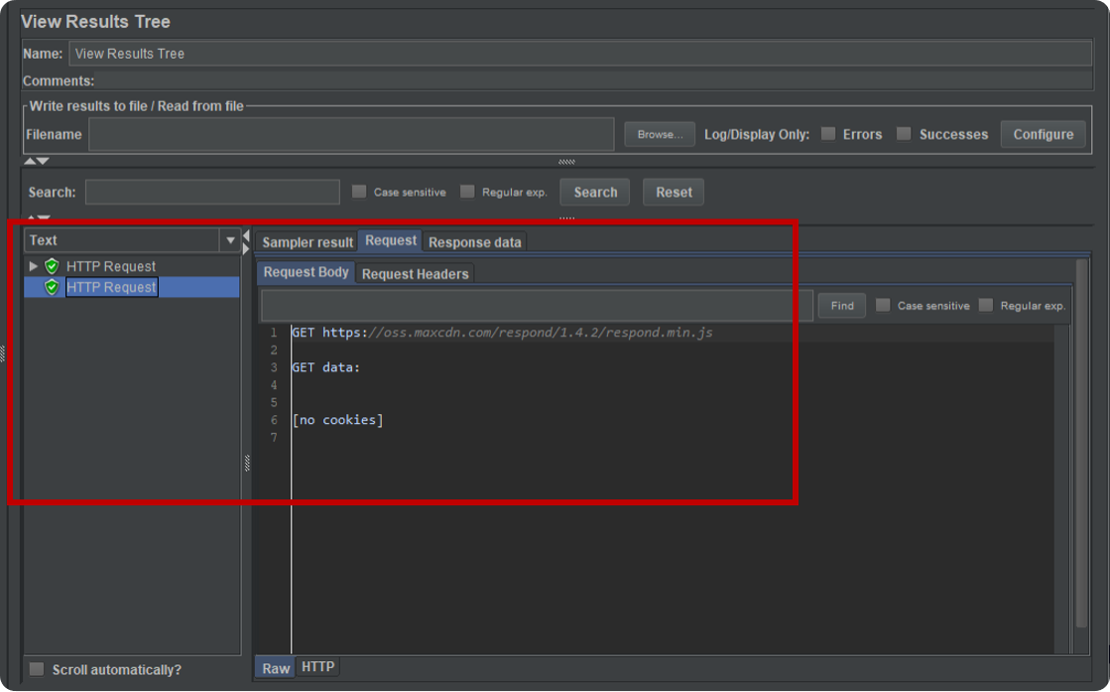
These are the steps that will help you achieve Correlation in JMeter with the help of Regular Expression Extractor. I hope you understood the different steps involved in the process.
Now that you know how to achieve Correlation in JMeter, check out the Performance Testing Using JMeter Course by Edureka. This course provides you insights into software behavior during workload. In this course, you will learn how to check the response time and latency of software and test if a software package is efficient for scaling. It will help you check the strength and analyze the overall performance of an application under different load types.
Got a question for us? Please mention it in the comments section of “JMeter Correlation” and we will get back to you.
 Thank you for registering Join Edureka Meetup community for 100+ Free Webinars each month JOIN MEETUP GROUP
Thank you for registering Join Edureka Meetup community for 100+ Free Webinars each month JOIN MEETUP GROUPedureka.co